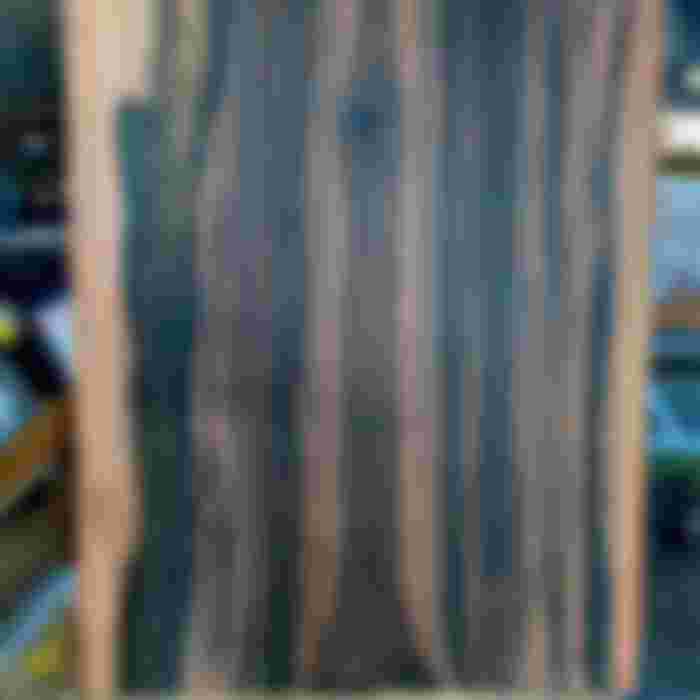
Ebony keys on a grand piano, neatly complemented the ivory keys that share their space; black, silky sculptures from exotic locales – all of these come from a tree. Valued for its rich, smooth texture and visual appeal, the ebony tree is one of the most valuable in the world. It also carries a natural oil that responds well to staining and finishing, giving it a natural shine that was valued by the wealthy in their furniture. In particular, the African species of ebony, which features a black heartwood and creamy, dense consistency. If you’ve encountered ebony, especially in sculptures, it was likely this form.
Granted, this means that ebony is extremely rare, facing extinction even.
About the Ebony Tree

Ebony trees are evergreen trees of the genus Diospyros, and they grow in tropical areas, primarily around rainforests, and usually in lower altitudes. This pickiness contributes to their rareness, but perhaps even more so is the fact that these trees don’t reach maturity until they’re between 60 and 200 years old!
There are actually three different kinds of ebony tree:
Gaboon Ebony: This is found in Africa and is the type you’re most likely to see. Of course, you’ll only see it on older pieces, as it’s been declared commercially extinct. Efforts are underway to save this species, and I think we can all hope they’re successful.
This is the heaviest of the species as well, weighing a whopping 70 pounds per cubic foot. It also grows at only half an inch per year.
Mun Ebony: This species is native to Laos and Vietnam and is the world’s most massive tree. It has a natural shine to it and is very durable. In fact, it’s resistant to termites and other wood-boring insects. Unfortunately, it’s nearing extinction, and its use has been largely banned.
Makassar Ebony: The last species of ebony is found in Indonesia. If you guess that it, too, was endangered, you’re correct. While its decline hasn’t been as marked as the other two species, it has seen a 50% reduction over the last three generations.
Ebony Through History

Ebony has been the most valuable, sought-after wood for centuries, even millennia. It comes from the genus Diospyros and commonly grows in more tropical areas.
The word actually comes to us from the Ancient Egyptians, who called it “hbny”, which would likely have sounded similar to the modern English word. They used it for ornamental purposes and in royal tombs, and it’s easy to understand why! The deep, rich wood and its hardness would have been considered fit for little less than the ruling class itself.
In the Egyptian Old Kingdom, the ebony tree was mysterious, even secret, which is what made it so valuable to them.
Ancient kings in India also used ebony, perhaps to excess. They especially used it in their drinking cups, believing it could nullify the effects of poison. They also used it in image frames and, interestingly, wands.
The Samurai, too, were fond of ebony. While the Japanese didn’t quite use it as excessively as other nations, the Samurai often put it in their sword handles.
Beginning in the late 16th century, ebony started being used worldwide in cabinetry. It started in Antwerp, the hardness of the wood lending itself to intricate and refined moldings, their subjects often pulled from Christianity or even classical history.
Modern Applications for Ebony
Ebony wood is no longer exported, due to its critical state, but that doesn’t mean it doesn’t have any modern uses.
For example, its leaves are used to treat skin conditions, and harvesting its leaves doesn’t contribute to its decline. Locals also use the extract from its wood to treat conditions like diabetes, and it has anti-fungal and anti-inflammatory properties.
Modern pagans believe the tree has magnetic properties, but they don’t harvest its wood in any way.
Looking to the future, I hope these magnificent trees make a comeback. There are alternative tree species that we can use to achieve similar effects, but nothing represents the power, purity, and wealth of the ebony. If it’s used in the future, I hope sustainable practices are put into place.


